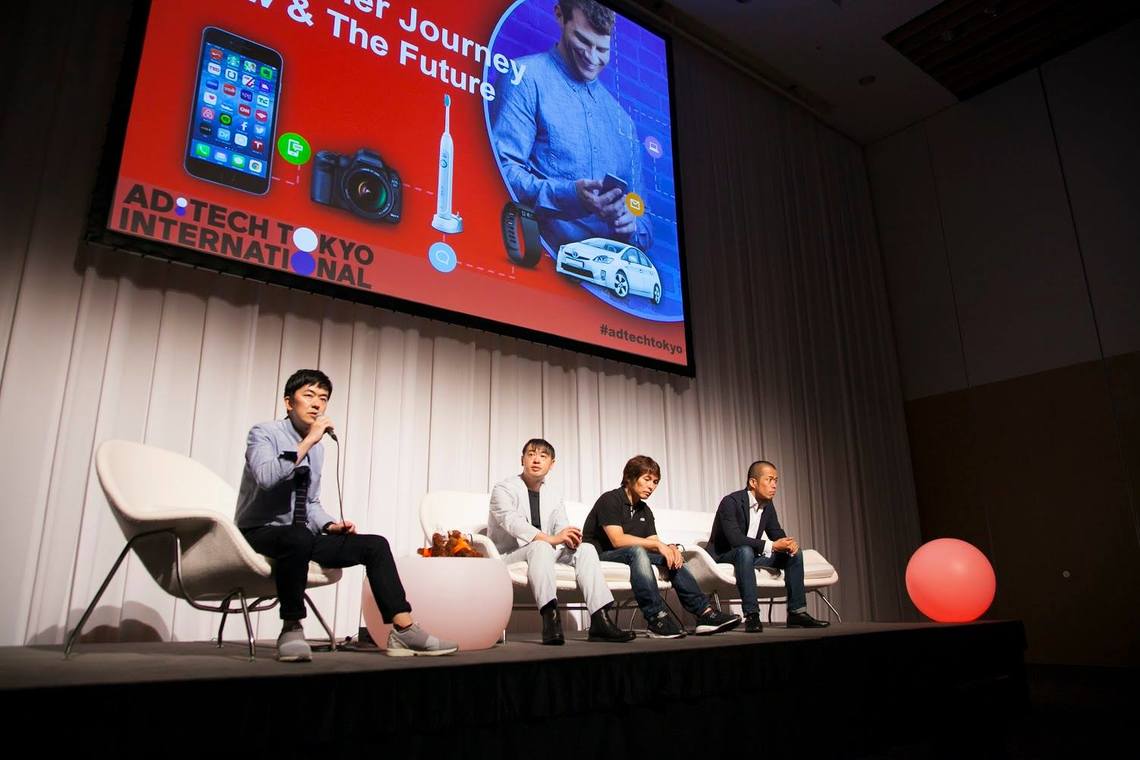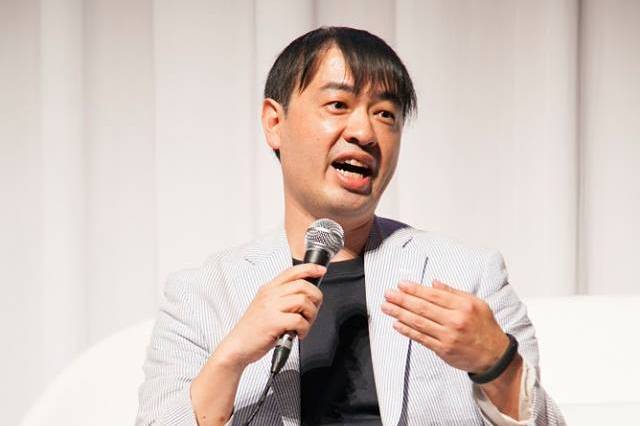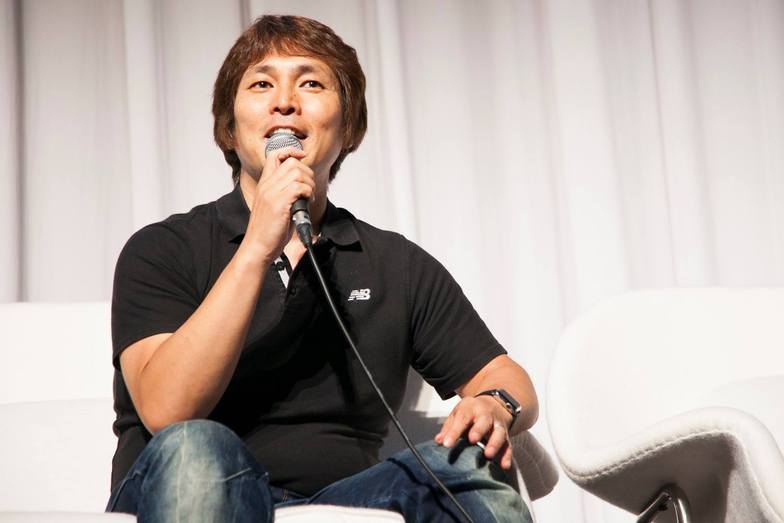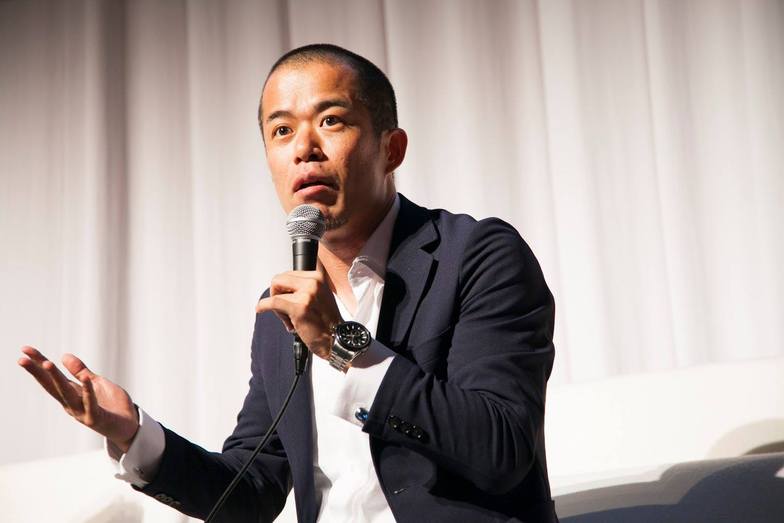Note: This website was automatically translated, so some terms or nuances may not be completely accurate.
The Future of the Customer Journey (Part 1) ~From ad:tech tokyo international 2015~
Was this article helpful?
Newsletter registration is here
We select and publish important news every day
For inquiries about this article
Author

Kato Kizuna
Salesforce.com
Marketing Director
Worked in marketing for 12 years at WPP, a global advertising agency. Led digital marketing initiatives across 14 industries including FMCG, cosmetics, insurance, automotive, and IT. Joined Salesforce.com in 2012, driving the launch of Marketing Cloud in Japan. Currently spearheads the introduction of cutting-edge international marketing case studies to Japan. Simultaneously operates the JAPAN CMO CLUB, a network of top marketers serving 100 domestic brands.

Ken Suzuki
New Balance Japan
Director of Marketing
Started as a sales representative at an advertising agency in 1991. After seven years of marketing experience at Nike Japan, joined New Balance Japan in 2009. Responsible for all aspects of marketing communications, including brand management, PR, advertising, digital, events, and retail.

Shintaro Tabata
LINE
Senior Executive Officer, Corporate Business
Born in Ishikawa Prefecture in 1975. Launched the free magazine "R25" at Recruit. Joined Livedoor in 2005. Served as head of Livedoor News before becoming Executive Officer and Head of Media Business Division, leading the revitalization of Livedoor's media operations. Appointed Country Manager at Condé Nast Digital in 2010. Oversaw cross-platform integration and digital business development for VOGUE, GQ, WIRED, and others. In 2012, became Executive Officer at NHN Japan (now LINE), overseeing the advertising business division. Assumed current position in 2014.

Keisuke Konishi
Dentsu Inc.
Solution Development Center
Senior Solutions Director
In 2002, he was seconded to Prophet LLC in the United States, where he worked with David Aaker and others to develop brand strategies for global companies. Currently serving as Senior Solutions Director, he supports numerous clients with their brand and marketing strategies while advocating new brand and marketing strategy models for the digital age through extensive speaking engagements and publications. His authored works include Brand Community Strategy in the Social Era and translated works include Database Marketing for Customer Lifetime Value (both published by Diamond Inc.), among others.





